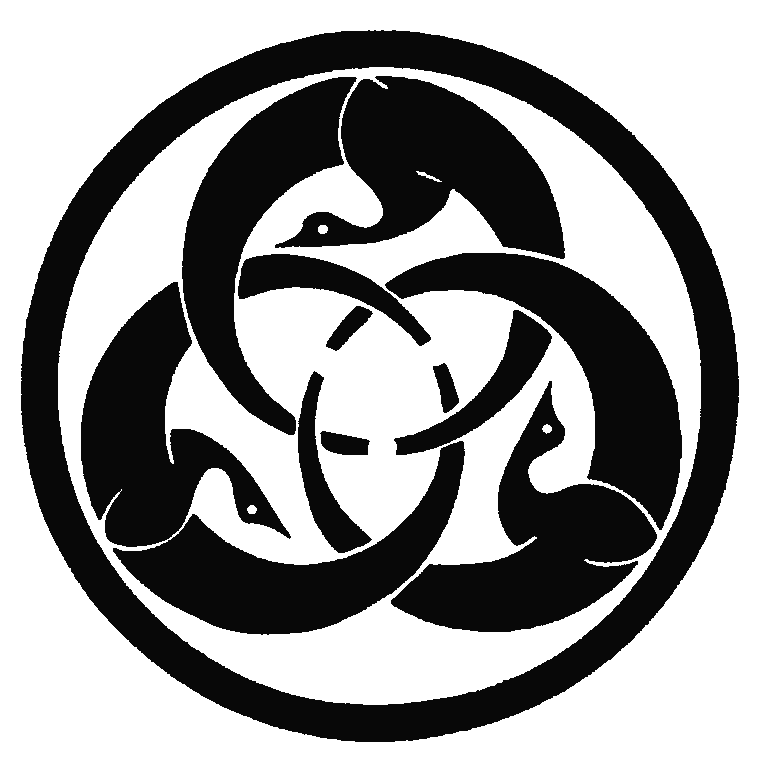|
by C_Run
[Today at 01:20:02 PM]
by [WR]
[July 10, 2025, 08:25:55 PM]
by DWB123
[July 07, 2025, 03:03:10 PM]
by Noah
[July 07, 2025, 11:54:03 AM]
by Drifter2007
[July 04, 2025, 07:58:22 AM]
by dampainter
[July 01, 2025, 08:55:15 AM]
[July 01, 2025, 06:42:20 AM]
by hdpwipmonkey
[June 28, 2025, 03:25:42 PM]
by Mojo Jojo
[June 26, 2025, 11:15:57 PM]
by marianigp
[June 25, 2025, 02:09:58 PM]
by Laith
[June 24, 2025, 02:37:40 AM]
by snopro
[June 22, 2025, 11:03:48 AM]
by Mzungu19
[June 13, 2025, 07:00:13 PM]
by BentRod
[June 13, 2025, 02:51:47 PM]
by BigFishy
[June 12, 2025, 06:51:40 AM]
 Guess who's back? jed with a spring Big Mack |
|


 Welcome, Guest. Please
Welcome, Guest. Please  July 11, 2025, 06:59:27 PM
July 11, 2025, 06:59:27 PM









 1) Re: Prawn spinners for Springers 101
1) Re: Prawn spinners for Springers 101